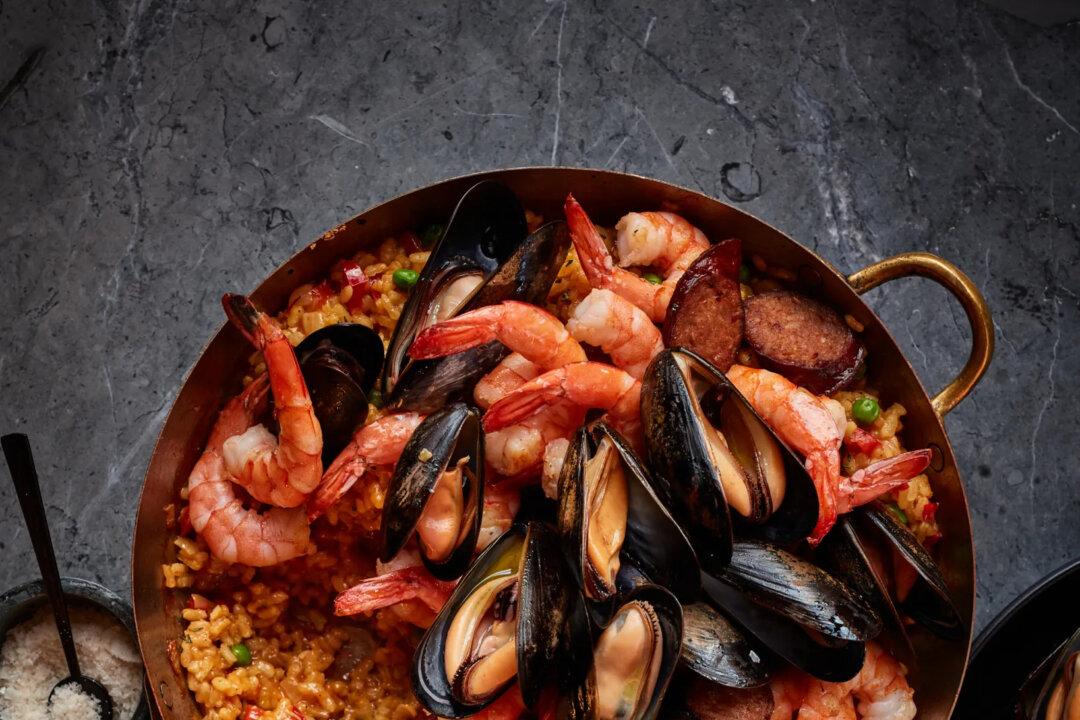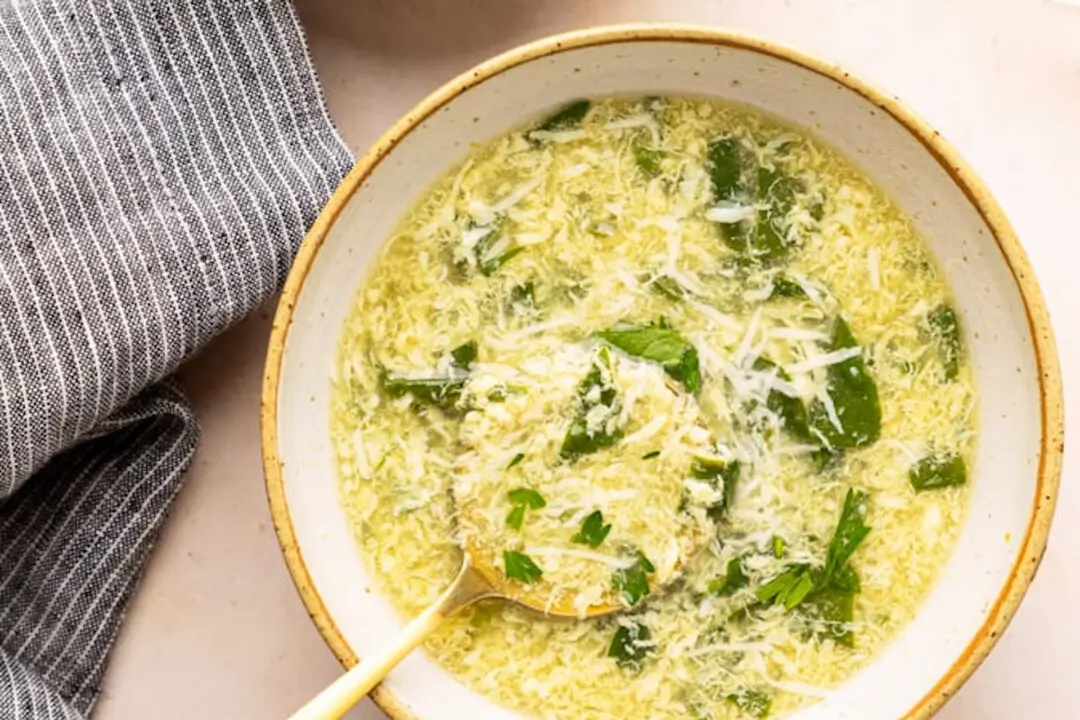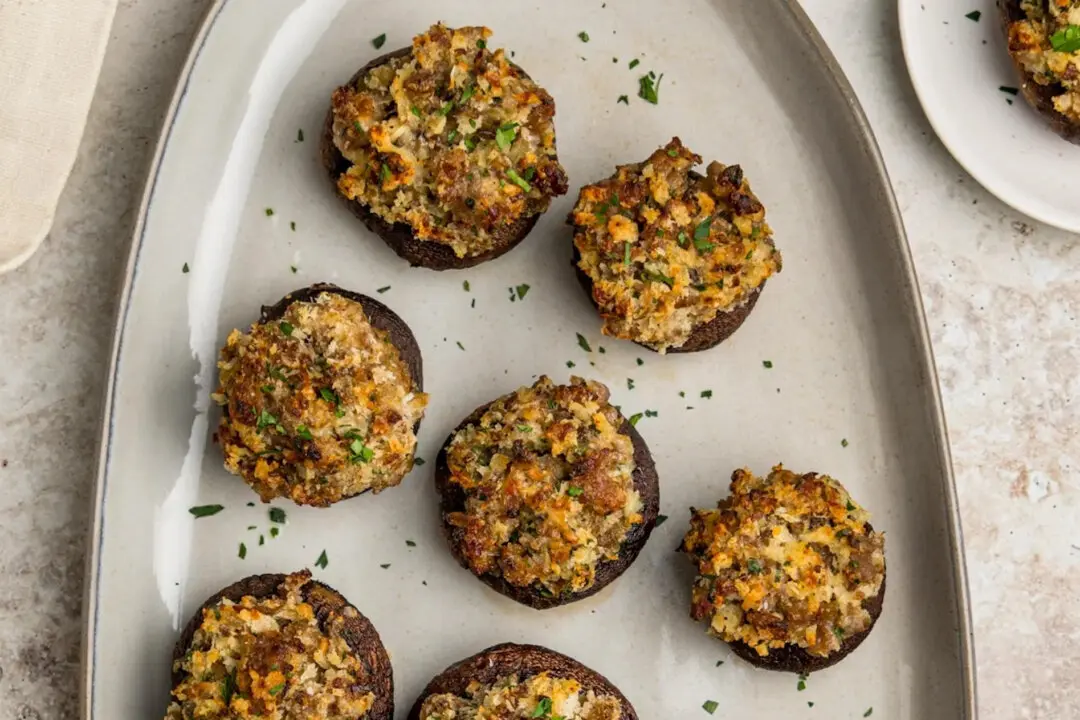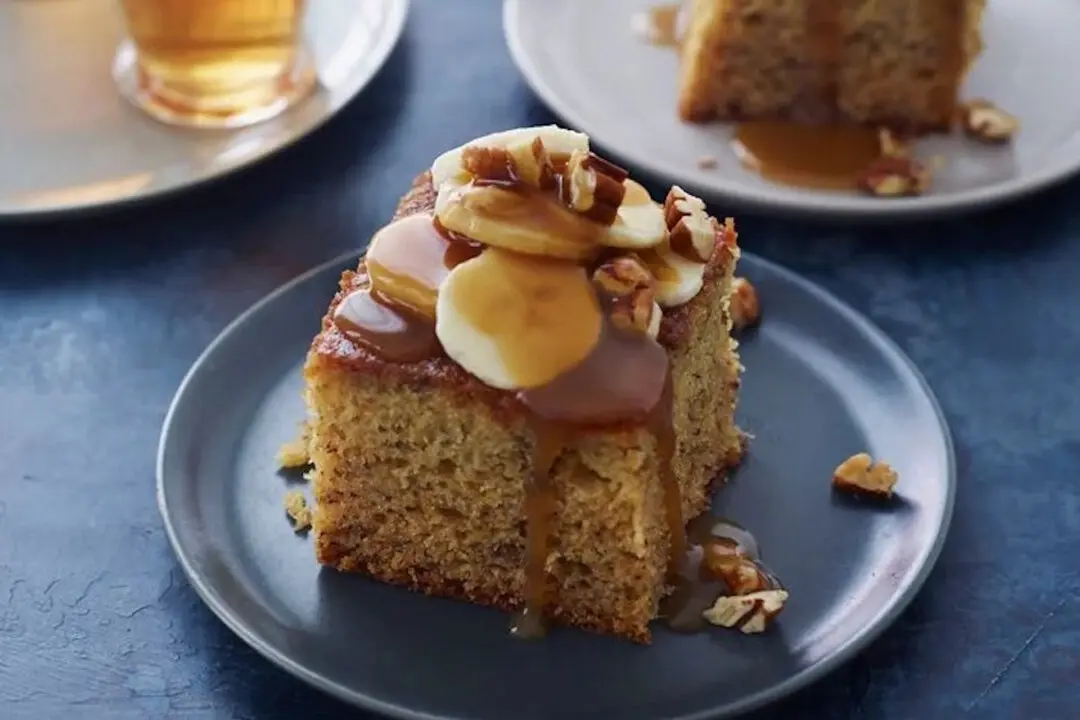View the print-ready version of this article from Once Upon a Chef.
Paella is a traditional Spanish dish made from rice, vegetables, meat, and seafood, and flavored with saffron. Pronounced “pie-AY-uh,” it takes its name from the paellera, the wide, shallow pan in which it is traditionally cooked. Paella is one of my family’s favorite dishes to share when we go out for Spanish food, and it’s fun to make for a festive occasion at home, too. I know it seems like a big to-do, and it certainly can be if you add a wide variety of meat and seafood—the original version from Valencia contains snails and rabbit—but I keep it relatively simple here by using only quick-cooking smoked chorizo, shrimp, and mussels. A paella pan is useful and pretty if you have one, but there is no need to go out and buy one—you can use any large skillet to make paella. This is a feast!





